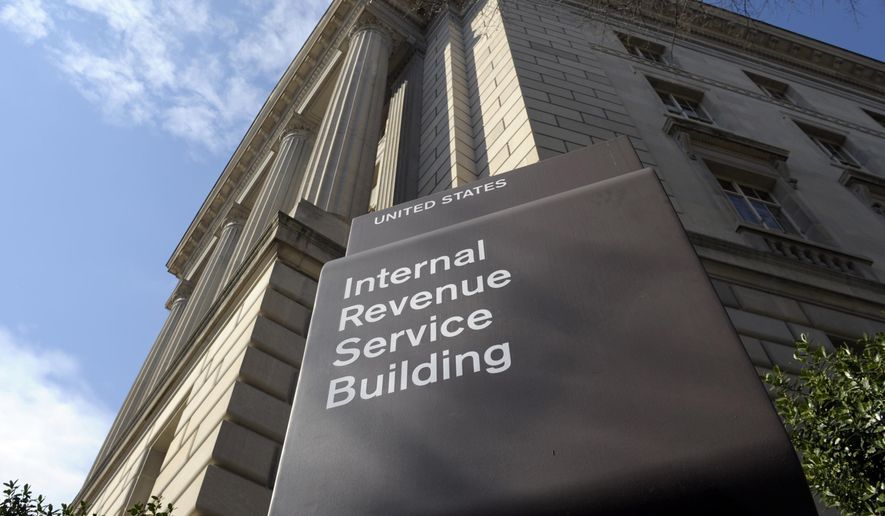OPINION:
Earlier this year, Americans dutifully went to pay their taxes, likely animated by civic pride or scornful at the hit on their bank accounts. Whatever your feeling, taxpayers assume that their hard-earned dollars are funding government projects, the salaries of public servants, and a chunk of that money is being aside for pensions and retiree health care benefits. But is that really the case?
A new analysis of state government finances across the United States reveals that 40 out of 50 do not have enough money to cover their bills. This information is released Thursday in a report titled “The Financial State of the States” by Truth in Accounting (TIA), a watchdog organization that analyzes government financial reporting. Most taxpayers would be shocked to learn that their states are digging themselves into a deep hole — sometimes by billions of dollars.
TIA found that the state in the best financial shape is Alaska, with $16.3 billion in assets available to pay future bills. On the other end of the spectrum, New Jersey needs to come up with $195.5 billion to meet its obligations. What does this mean for taxpayers in New Jersey, Alaska and everywhere in between?
To determine the state rankings, the Comprehensive Annual Financial Report (CAFR) from each state are analyzed to determine how much money each state has in its coffers or how much it needs to cover all its bills. Many states are months behind with their financial accounting, so the most recent data available covers fiscal 2017. This 2017 Comprehensive Annual Financial Report analysis is being presented here for the first time.
These figures can be difficult to comprehend, so TIA has calculated each state’s individual Taxpayer Burden or Taxpayer Surplus. This breaks down the amount of money needed to pay bills divided by the number of state taxpayers. In Connecticut, each taxpayer would have to contribute $53,400 for the state to pay all its bills, while North Dakota could write each of its taxpayers a $24,900 check without going into the red.
In addition to investigating financial health at the state level, the Financial State of the States looks at how well governments are adhering to accounting best practices, such as checking whether governments are publishing accurate, timely and transparent financial data for an informed citizenry.
In many cases, state governments use accounting gimmicks that would be considered criminal in private-sector corporations. One of these gimmicks involves promising to pay employee benefits in the future, but not fully funding the benefits programs as they rack up obligations. This quick fix allows governments to artificially “balance their budgets” by not counting the benefits on the official debt.
Despite substantial revenue from taxes, the main cause of debt across the nation for states are promised — yet unfunded — pensions and retiree health care. Teachers, police officers, firefighters and public servants, have been promised these benefits by their states, but the governments have neglected to set aside the money in real time to fund them.
State legislatures across the country are going to have to decide whether to let those people down or raise taxes on others who will receive no services in return. People in the workforce are going to face this sobering question in the not-so-distant future, which might lead taxpayers to wonder how much they know about where their hard-earned money is really going.
• Sheila Weinberg, a certified public accountant, is the founder and CEO of Truth in Accounting (TIA).




Please read our comment policy before commenting.